Love Thy Spouse
July 26, 2012

The events of recent days have taught us, once again, that whether we agree to it or not, the three weeks known as “bein hametzarim” (“between the straits”) – the period of mourning commemorating the destructions of the First and Second Temples – will always be a time of upheaval. National as well as personal upheaval. The scorching summer days are heating reality up on all levels, and all we can do is face the damage caused by the fire and try to prevent the next one.
Year after year we are faced with tragedies like terror attacks, fires, deadly car accidents and a plethora of other evils. All these calamities bleed together until they abruptly end on one particular day – the fast of Tisha B’Av.
Both temples were destroyed on this day, some 2,000 years ago, marking the beginning of a wretched exile that has not ended even today. Though we have returned to the Promised Land, we are not yet sitting under our own vines and fig trees.
But it is precisely from our optimistic past that the Jewish religion ties the destruction of the temples together with human relationships, integrating the tragedy into the most exalted ceremony of Jewish love – the Jewish wedding. One of the prominent characteristics of a Jewish wedding is the breaking of the glass. The groom traditionally recites two verses from the Book of Psalms: “If I forget thee, O Jerusalem, let my right hand forget her cunning. Let my tongue cleave to the roof of my mouth, if I remember thee not; if I set not Jerusalem above my highest joy.” With these words the groom expresses a heart-wrenching longing for the days of redemption, a longing that we feel even on our happiest day – our wedding day.
Our sages even stressed this aspect of Judaism, stating in the Talmud that when someone makes a bride and groom happy it is as though he built up one of Jerusalem’s ruins. Ostensibly there is no connection between the two things: Why would someone metaphorically build up ruins in Jerusalem just by dancing in front of newlyweds? The implied answer, as always, can be found through a deep examination of the Hebrew language. The pair of words that signify the “home” that was built on Mount Moriah, the temple to which the Jews made pilgrimage three times a year for as long as it stood, holds a plethora of religious, cultural and political meanings. The two special words are “beit hamikdash” – the Hebrew name for the temple.
The name simply describes the temple: beit – house, mikdash – holy. The holiest house. It is the holiest of holies, and it is where the broken tablets were housed and where all of our sins were forgiven on Yom Kippur. This is the core of Judaism – the holiest institution in Judaism is the institution of marriage. Not the children, not the family (which is incidentally mentioned only once in the Torah), but the relationship between a man and his wife. Love between two people becomes completely holy in one moment under the chuppah during the wedding ceremony. The obvious link to holiness teaches us that to achieve peace and tranquility we must display a lot of love toward our fellow man, and especially toward our spouses. By working on building homes of love, happiness and peace, we will grow stronger and bring about our ultimate redemption.
By: Elad Yana http://www.israelhayom.com/site/newsletter_opinion.php?id=2301
Similar posts
-
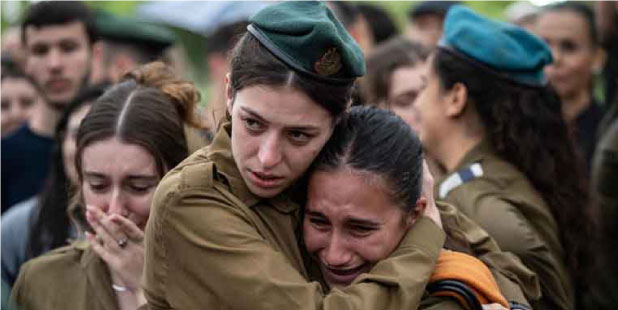
Israel Has The Most Moral Military In The World
April 10, 2024In the heart of a region often riddled with conflict, Israel stands out not only for its technologi...
-
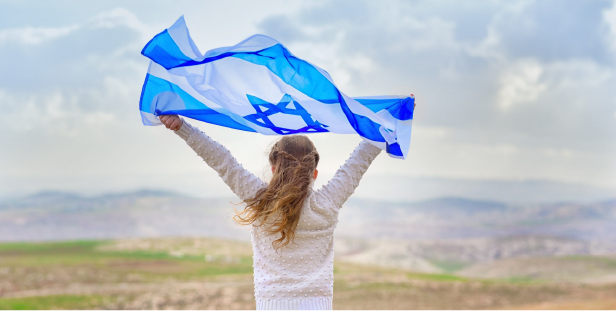
The Resilience of the Israeli People
April 2, 2024Visitors from around the world have seen Hamas's October 7th Massacre's destruction in southern Isr...
-
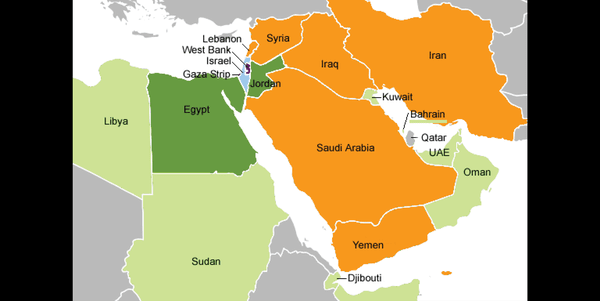
Israel: Small Size, Big Impact
March 21, 2024Nestled along the eastern edge of the Mediterranean Sea, Israel is a land of immense historical sig...
-
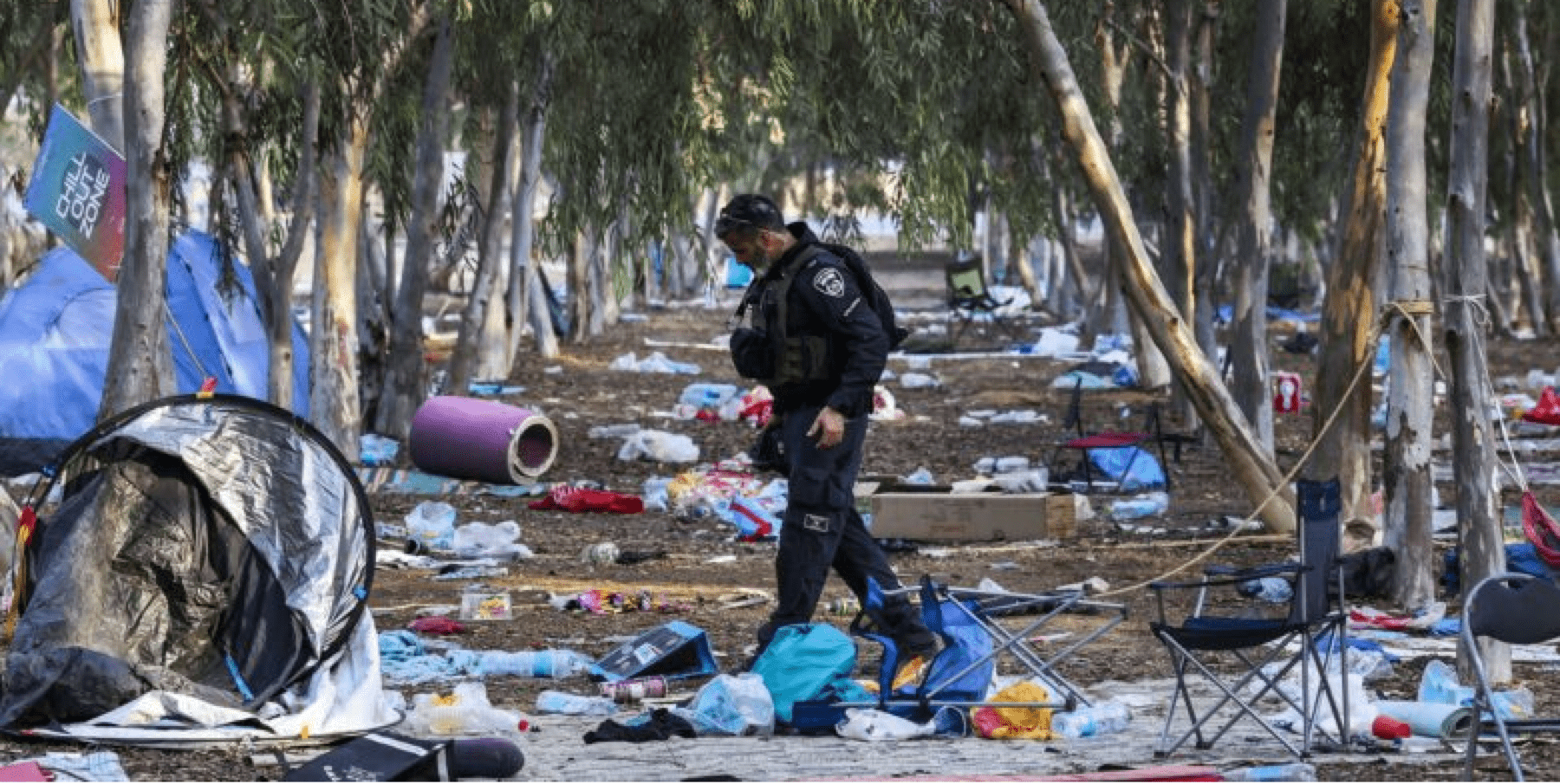
Israelis Are Fighting For Their Lives
February 21, 2024By Jonathan S. Tobin The world looks a lot different from Kibbutz Kfar Aza than it does in the U...
-
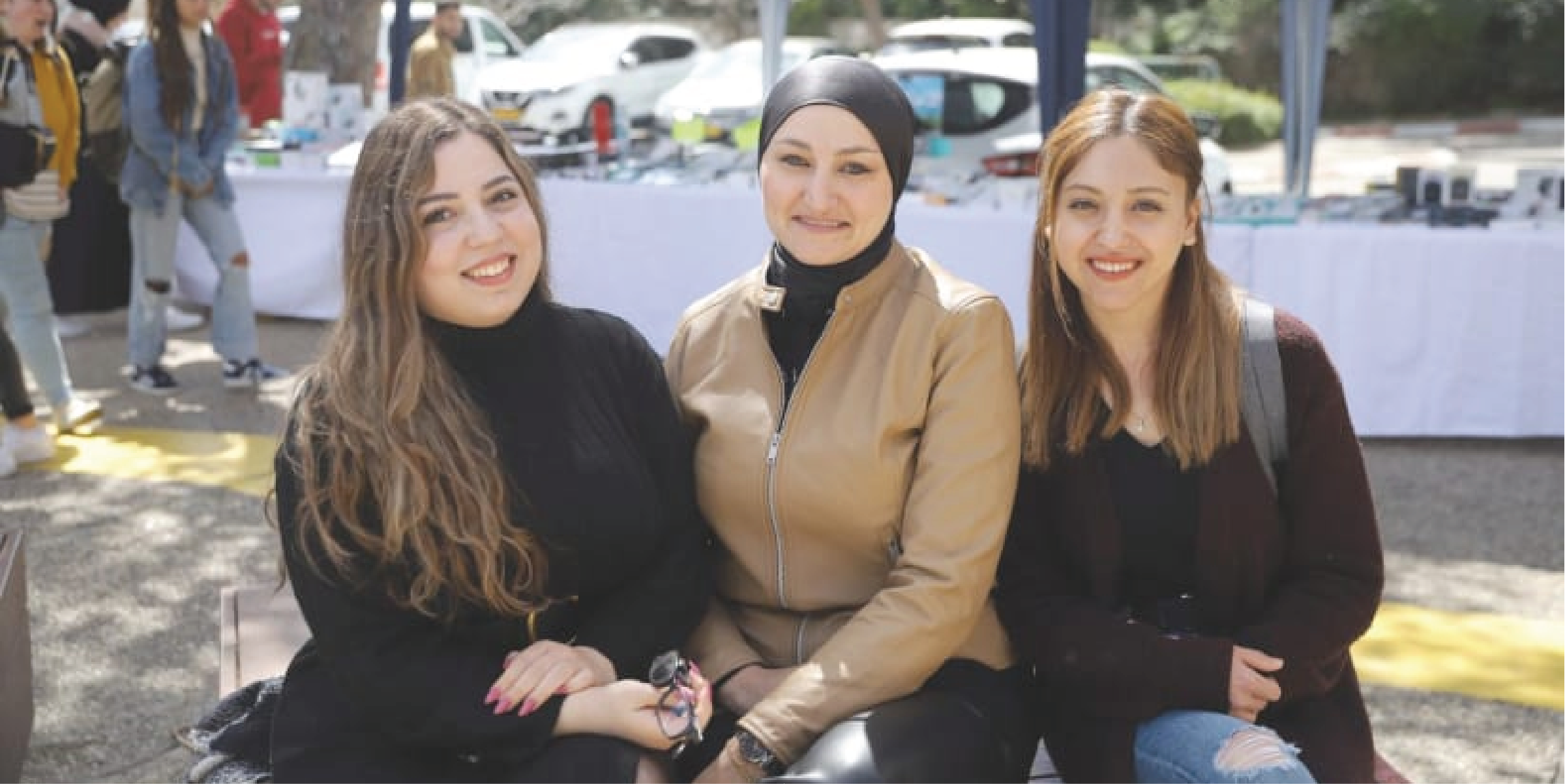
Over 2 Million Arabs Live In Israel
January 23, 2024In the complex landscape of the Middle East, where diverse cultures and identities intersect, Israe...
-
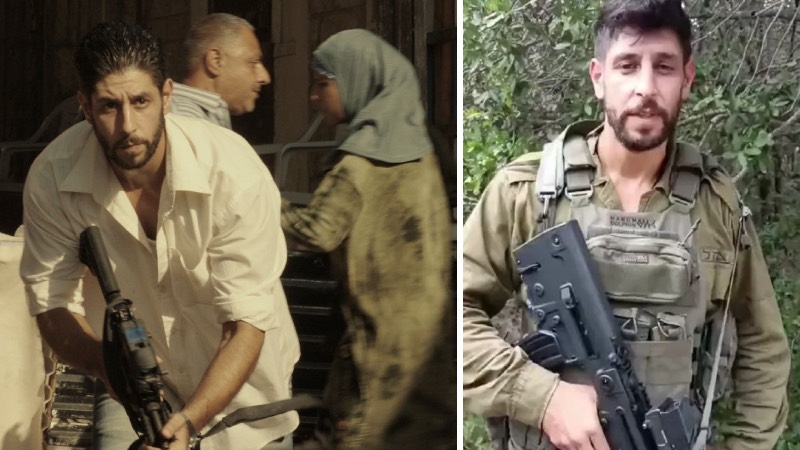
'Fauda' Star Idan Amedi Injured Fighting in Gaza
January 8, 2024Despite the severity of his injuries, Amedi's father assured Israeli news channels that his life is...
-
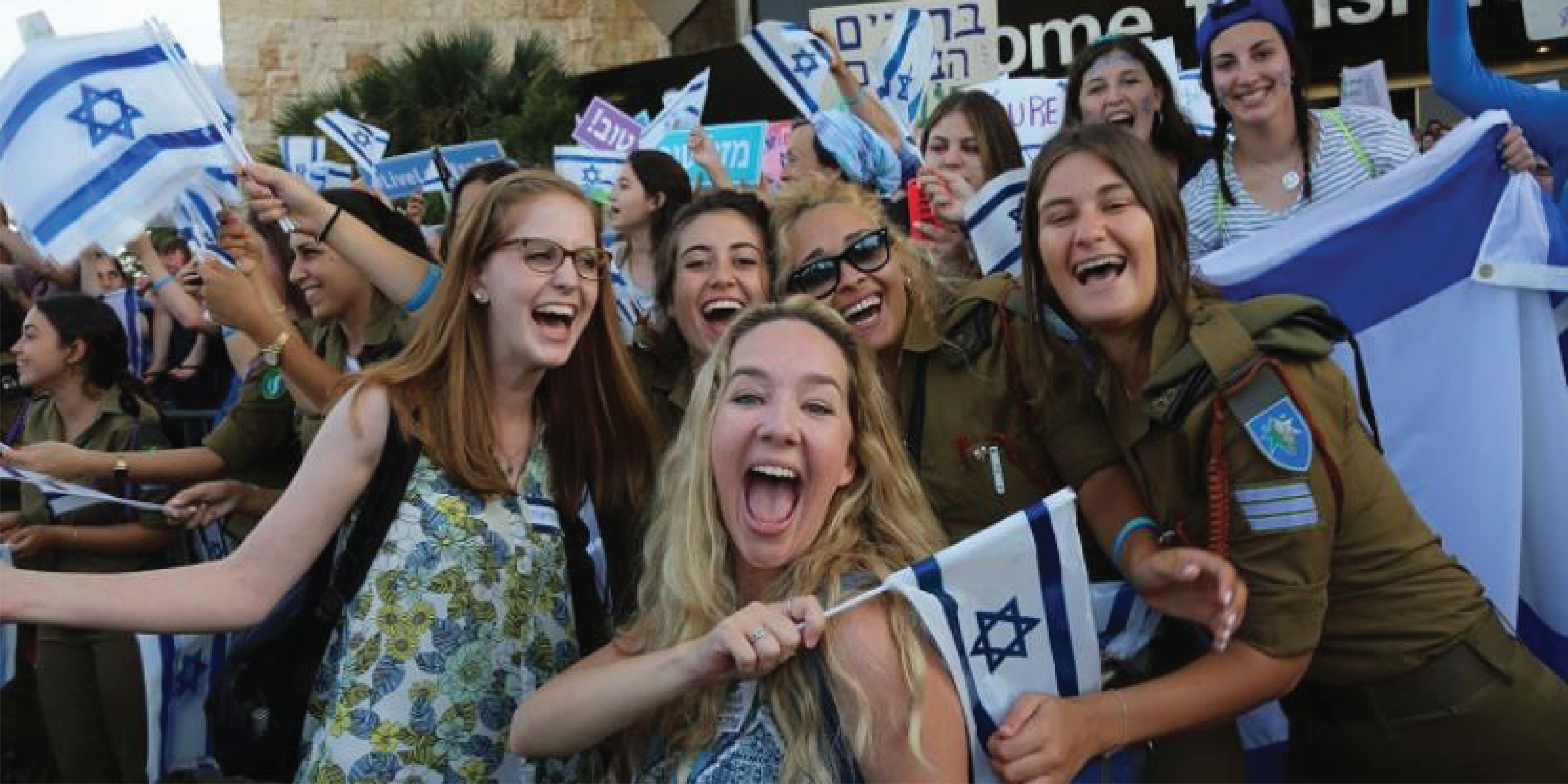
Israel Is A Great Country To Live In
December 28, 2023Nestled at the crossroads of the Middle East, Israel stands as a vibrant and dynamic nation, offeri...
-

Dear World: I Don't Care
November 2, 2023By Avi Lewis I don’t care that you sympathize with Hamas I know you wouldn’t tolerate any of ...




















